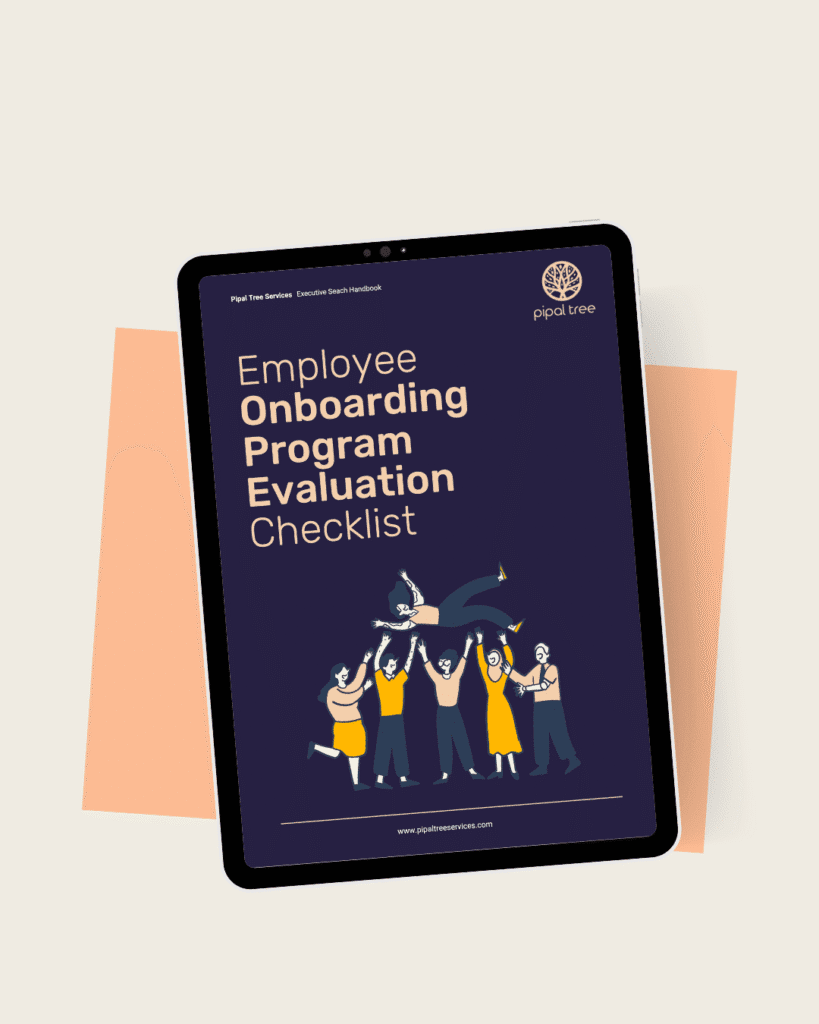While that perception may sound glamorous, the reality is far more structured, data-driven, and collaborative. Having spent years in the executive search industry — and having seen it from both the client side and the search partner’s side — I can tell you that the best searches combine rigor, research, and relationships in equal measure.
At its core, executive search is about more than filling positions — it’s about building leadership legacies. Yet, several myths still shape how organizations view this process.
Let’s address a few of the most common misconceptions I’ve encountered — and explore what really happens behind the scenes when companies partner with a professional search firm.
Myth 1: Executive Search Firms Just Tap Into Their Existing Network
Reality: Networks matter, but they’re only the starting point — not the solution.
Top executive search firms don’t just recycle old contacts. Each mandate begins with fresh research and structured market mapping, designed to identify the best talent for a specific role — not just the most available ones.
While strong relationships help open doors, the true value lies in objectivity and reach. A process of uncovering leaders who may not be actively looking, but whose skills, values, and mission align perfectly with the organization’s needs.
"Executive search, at its best, is not about filling vacancies — it’s about shaping the leadership DNA of organizations."
Sonia Sharma, CEO Tweet
Myth 2: You Only Need an Executive Search Firm When You Can’t Find Candidates
Reality: The most successful searches happen when firms are engaged early — not as a last resort.
Executive search shouldn’t be seen as a backup plan for when internal hiring fails. Engaging a search partner from the start allows for:
- Better role definition and stakeholder alignment.
- Access to passive candidates beyond job portals.
- Faster, more informed decision-making.
Proactive search strategy prevents rushed, reactive hiring and leads to stronger, more diverse leadership pipelines.
Myth 3: The Search Firm’s Role Ends Once Candidates Are Shortlisted
Reality: The shortlist is just the beginning.
A credible search partner acts as a strategic advisor throughout the process, from shaping the role and evaluating cultural fit to facilitating interviews, references, and onboarding.
The goal isn’t just to close a role; it’s to ensure a mutually successful, long-term leadership match.
At Pipal Tree, our work often extends well beyond placement — we track integration success, ensure alignment, and serve as advisors even after a candidate has joined.
Myth 4: Executive Search Is Too Expensive
Reality: The cost of a wrong leadership hire is far greater than the investment in a structured search process.
Studies show that replacing a senior executive can cost up to 3–5 times their annual salary, considering lost momentum, culture disruption, and productivity loss.
A rigorous search process delivers measurable ROI by ensuring precision, confidentiality, and long-term stability.
The right hire isn’t just a good fit — they elevate performance, culture, and strategy across the organization.
Myth 5: The Process Takes Too Long
Reality: A great search is deliberate — not slow.
An effective executive search follows a structured sequence:
- briefing
- research,
- candidate engagement,
- candidate evaluation,
- and closure.
Each stage is designed to ensure fit, quality, and speed without compromise.
Top firms combine data-driven insights, agile research methods, and constant communication to maintain momentum. The time spent upfront translates into the stability and performance of the leader you eventually onboard.
Hiring the right leader once is always faster and far more cost-effective than replacing the wrong one twice.
Myth 6: All Executive Search Firms Work the Same Way
Reality: Every firm brings its own approach, specialization, and philosophy.
A technology CEO search looks very different from a Head of Manufacturing or CFO search. The methodology, assessment framework, and talent ecosystem vary based on industry dynamics and leadership attributes required.
What truly differentiates a great search partner is their ability to:
- Customize methodology to your organizational context.
- Understand leadership DNA — what truly makes someone succeed in your environment.
- Act as a trusted advisor, not just a service provider.
At Pipal Tree, we build partnerships grounded in transparency, purpose, and alignment because leadership decisions shape not just companies, but the people and values that define them.
Executive search is not a mysterious art — it’s a disciplined, research-led process built on insight, integrity, and partnership.
When done right, it goes beyond filling vacancies — it shapes the future of organizations.
By moving past myths and embracing the real value of a structured, mission-aligned search, organizations can attract leaders who don’t just fit roles, but transform them.
At Pipal Tree Services, our focus has always been on identifying mission-driven, purpose-aligned leaders who can translate organizational vision into measurable, lasting impact.
If you’d like to learn more about how structured executive search can strengthen your leadership hiring process, reach out to us at [email protected]
.
Because finding the right leader isn’t just about expertise — it’s about alignment, trust, and purpose.



